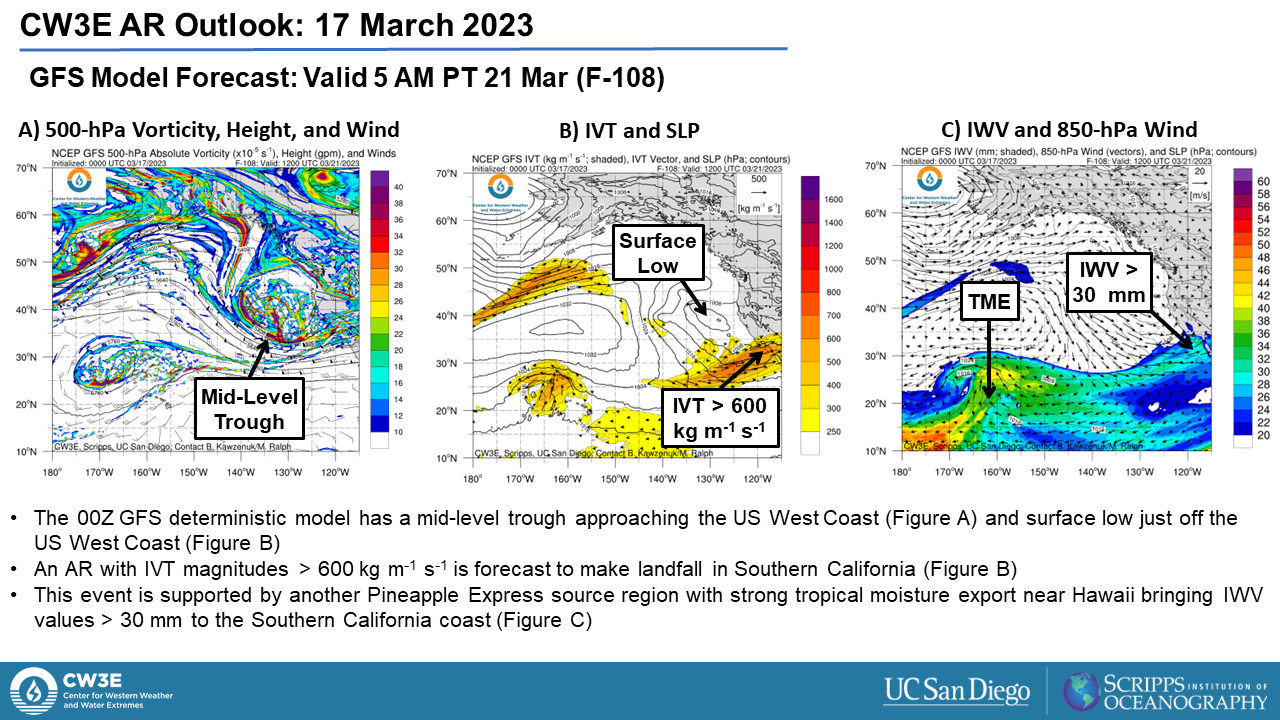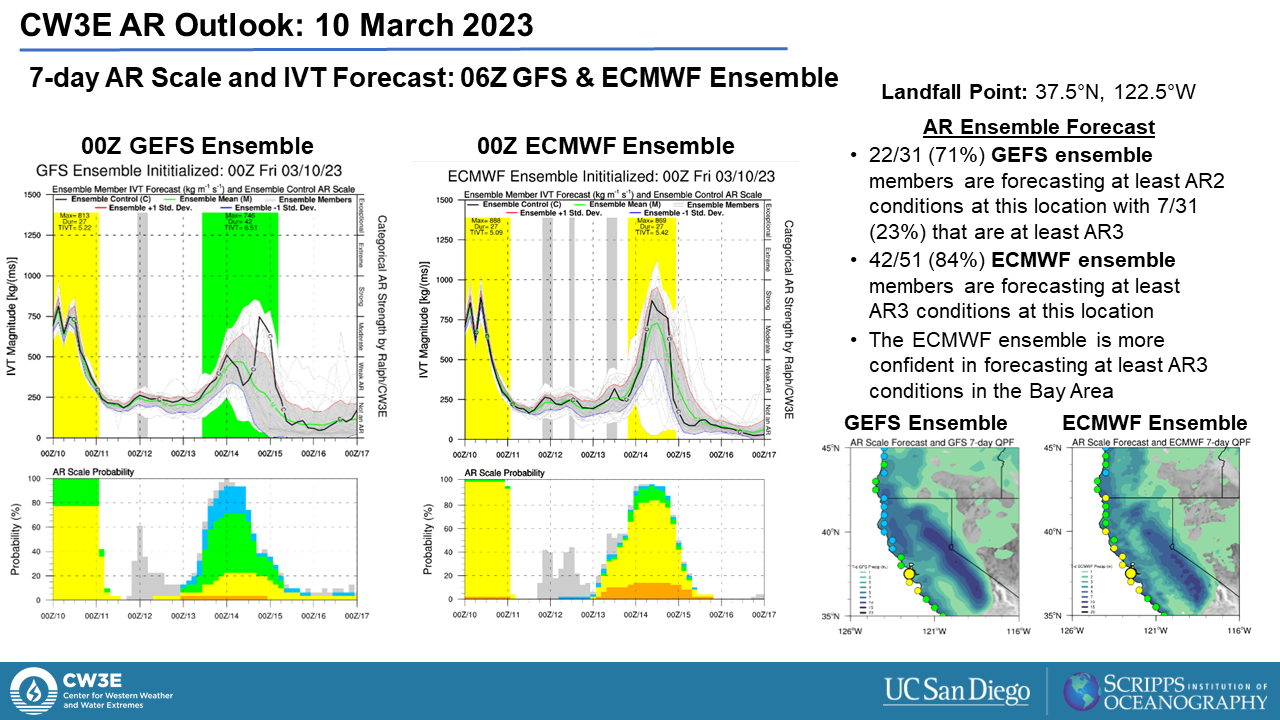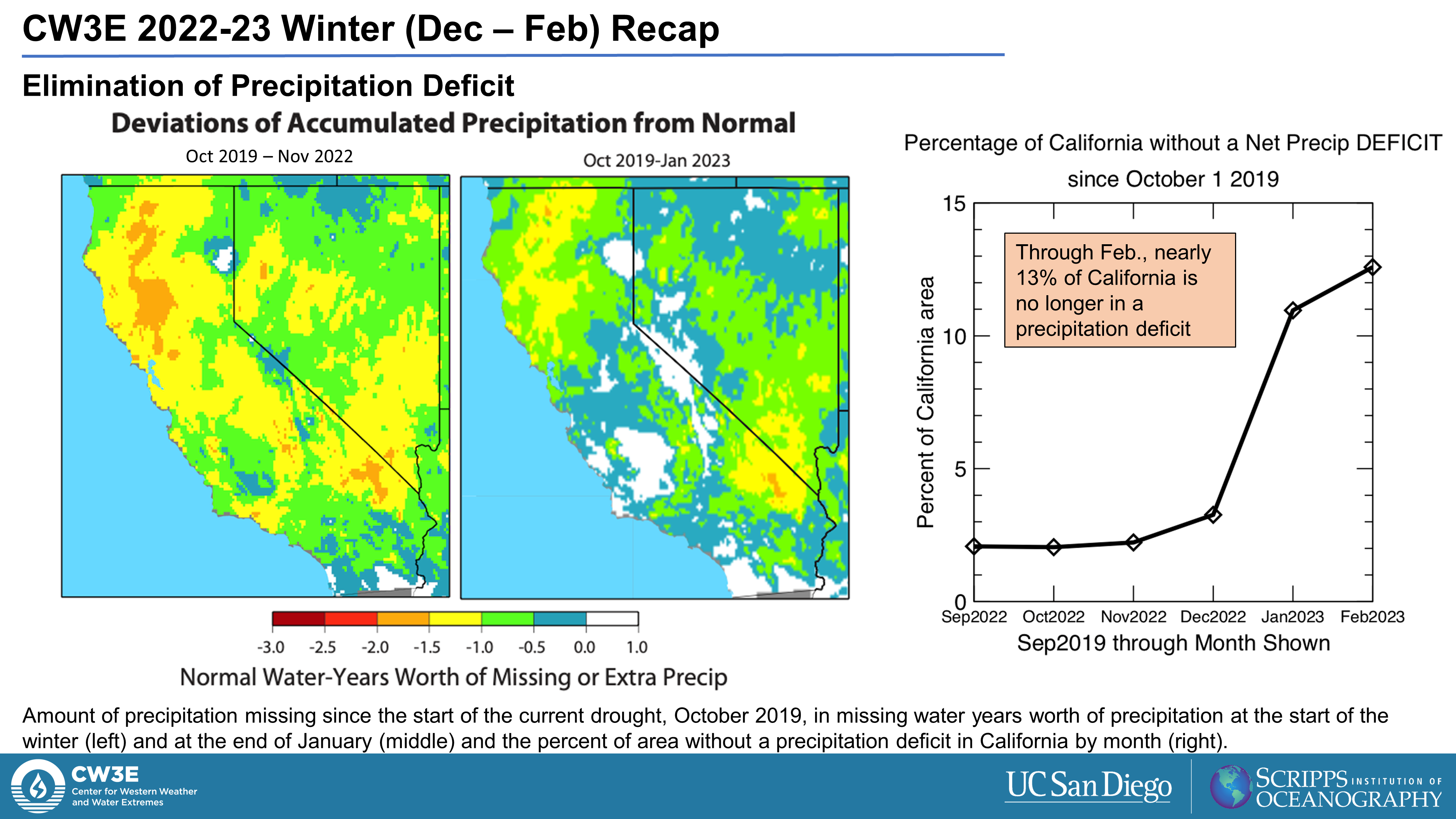CW3E Welcomes Laura Martin
March 7, 2023

Laura Martin joined CW3E as the Deputy Director of Administration in March 2023. She has previously worked in a wide variety of administration positions at UC San Diego that include Chief Administrative Officer of the Department of Visual Arts, Strategic Program Manager in the Office of the Dean of Arts and Humanities, and Program Manager at the Institute on Global Conflict and Cooperation. Before she worked at UC San Diego, she was a Conference Coordinator in Detroit, Michigan. Laura is an experienced manager with strong financial analysis, grant management, event and conference planning, writing, budgeting, and relationship-building skills. She received a Bachelors and Masters Degree in English from Oakland University in Rochester, Michigan.
As the Deputy Director of Administration Laura will be an executive member of the CW3E team focusing on the oversight of finance, human resources, facilities, and logistics and will serve as CW3E’s Chief Financial Officer. She is delighted to be able to support the important research occurring at CW3E.




























































































































